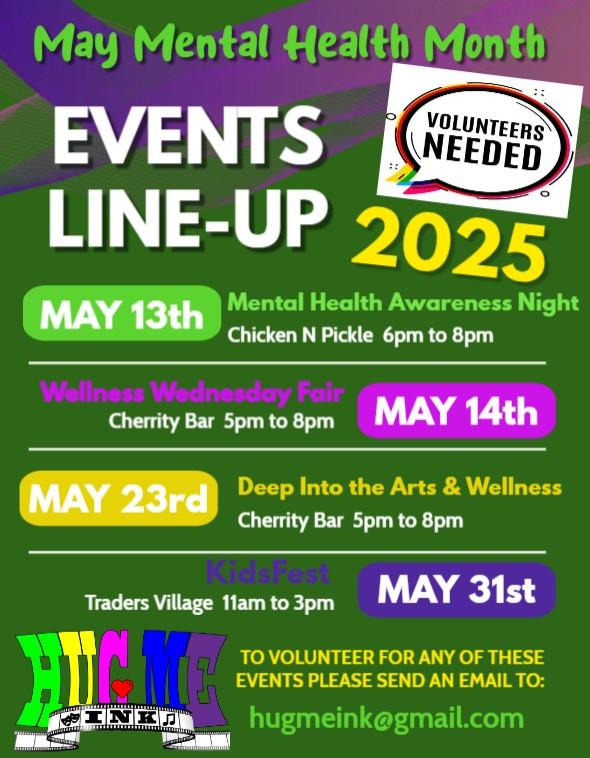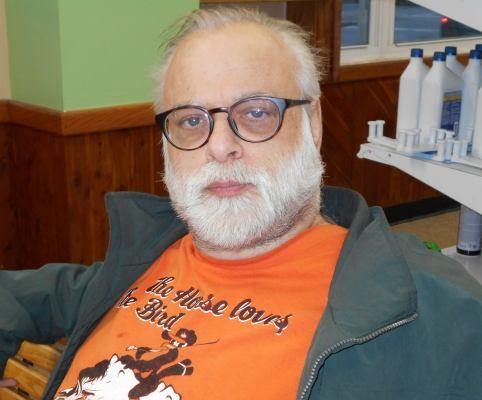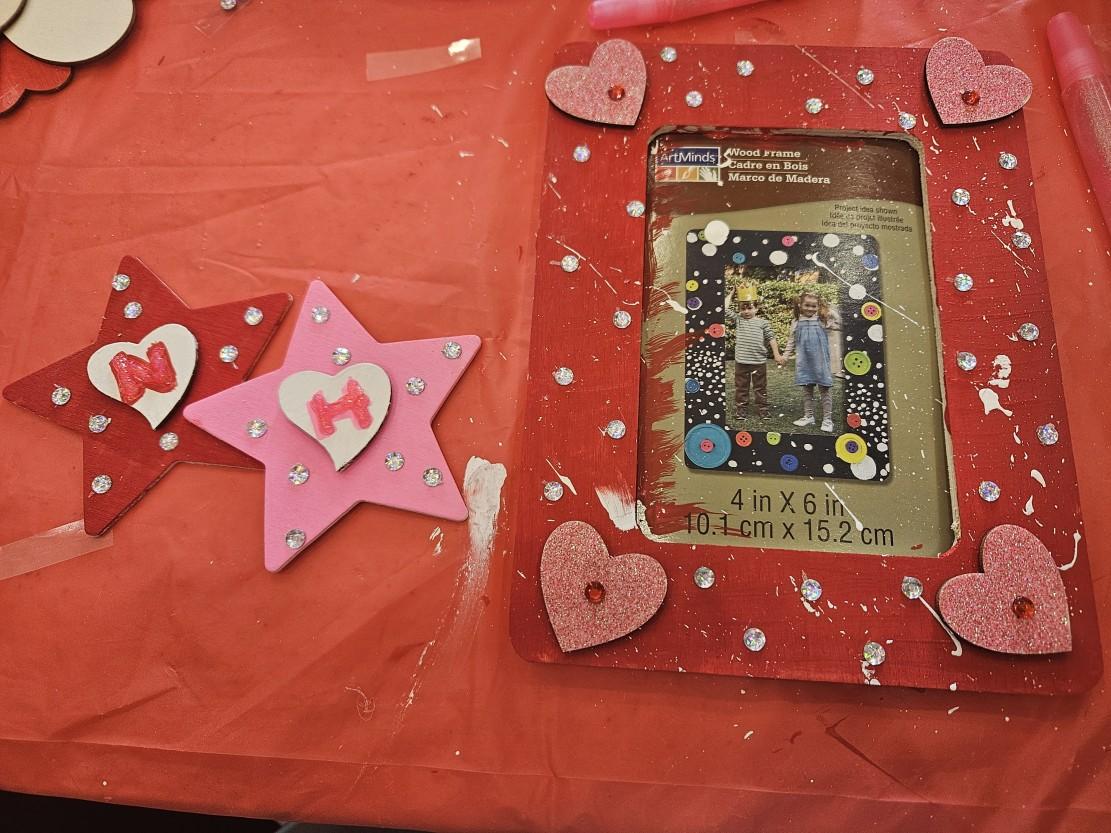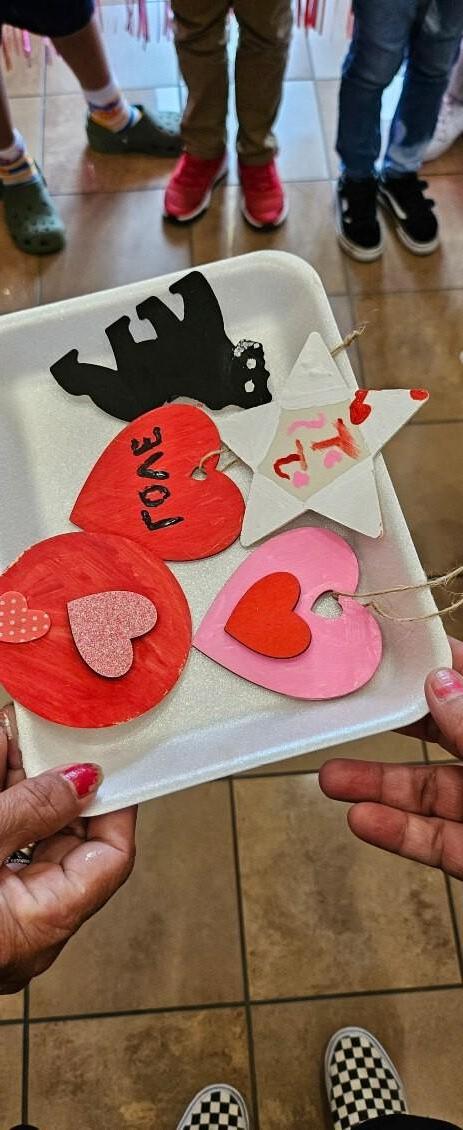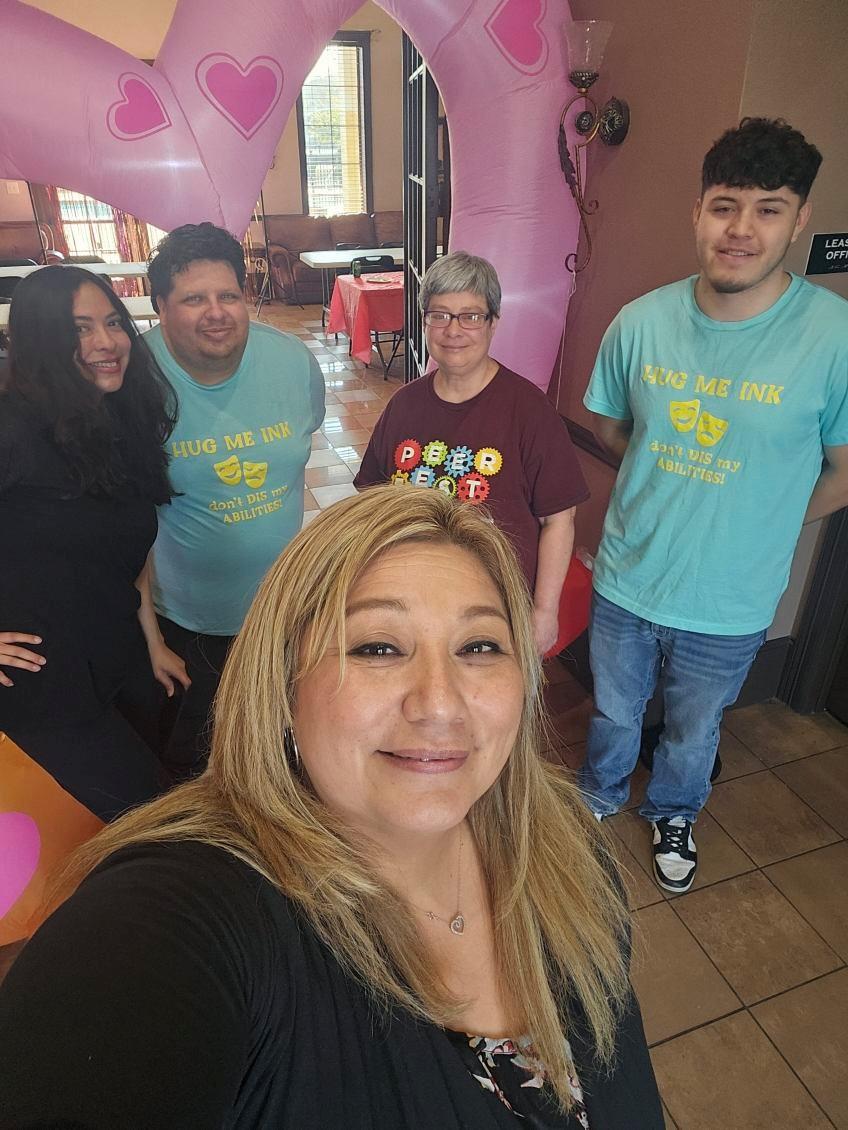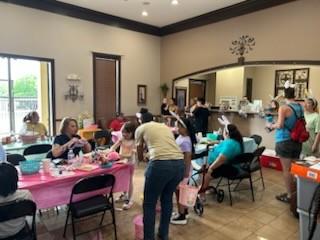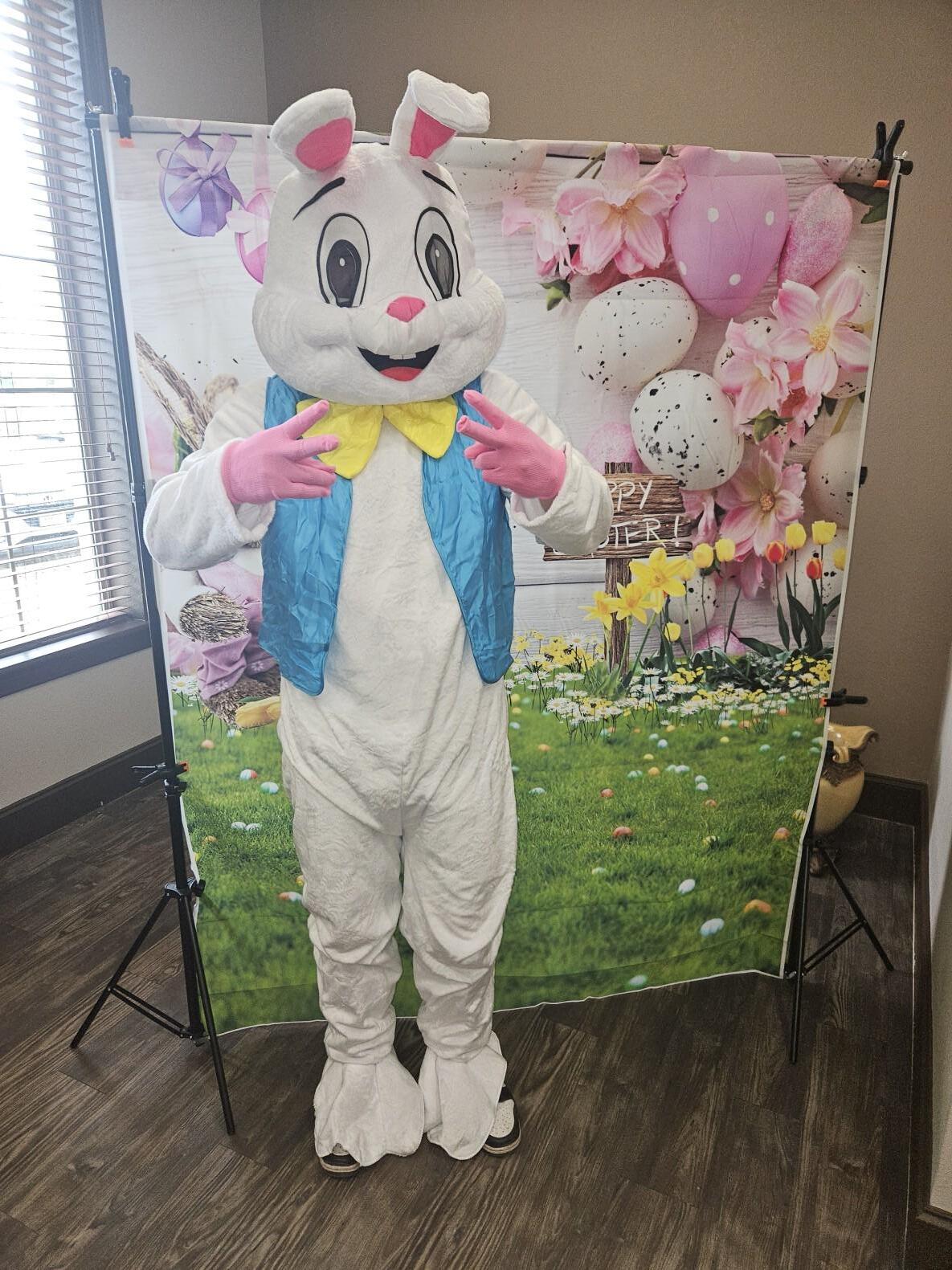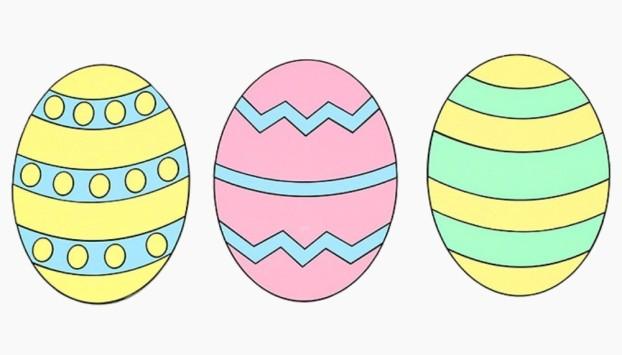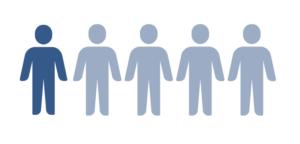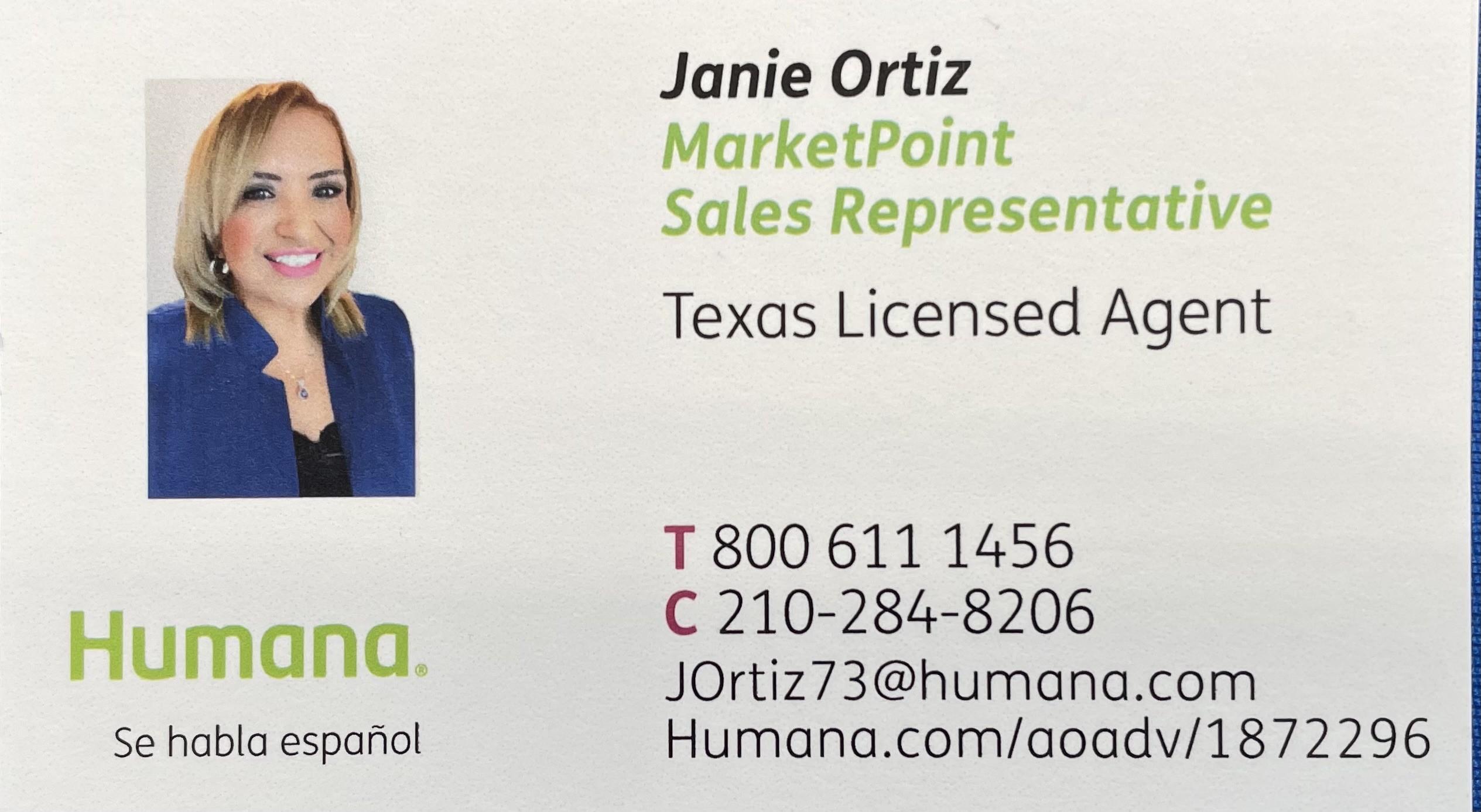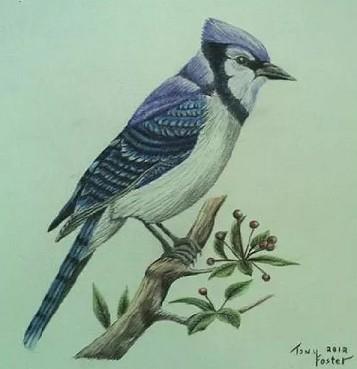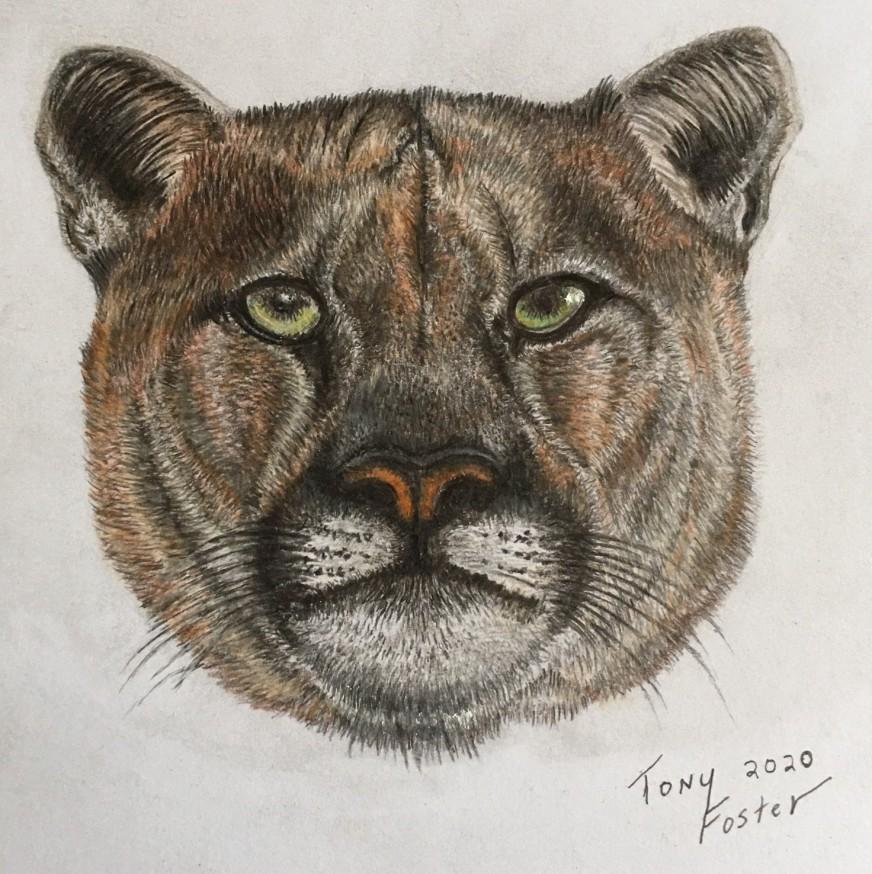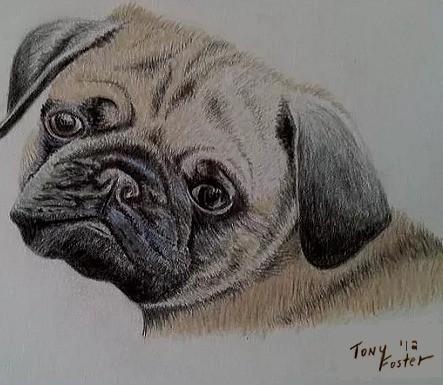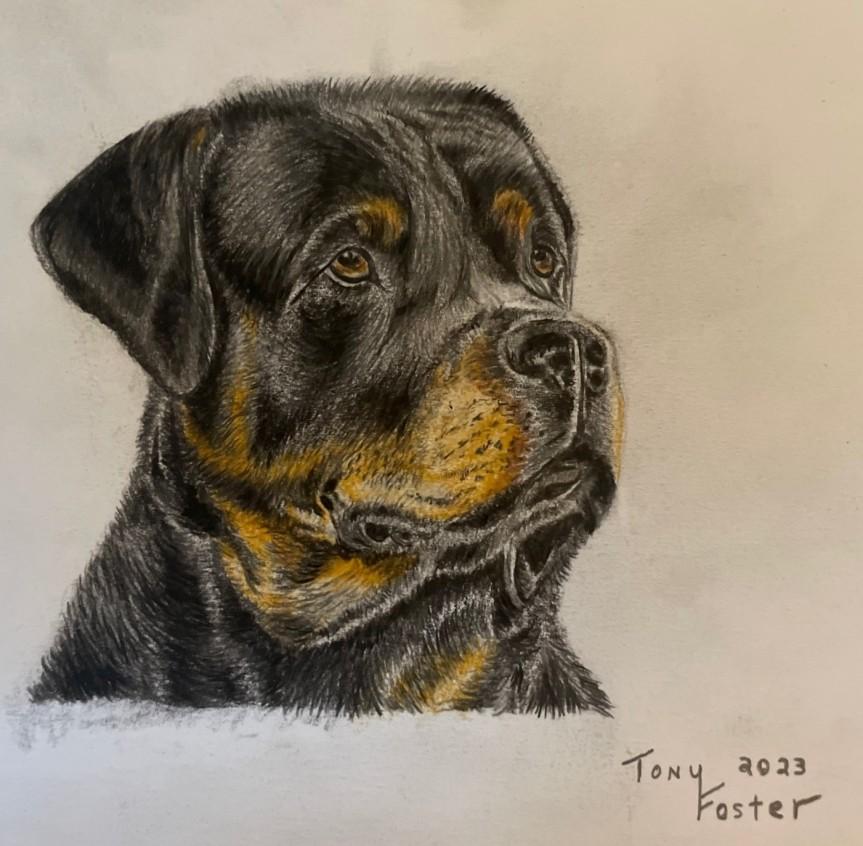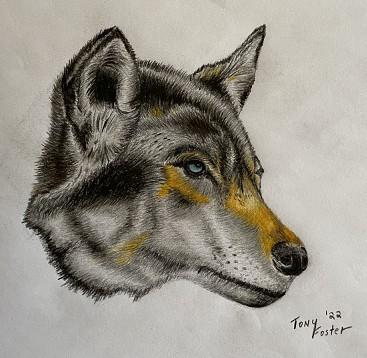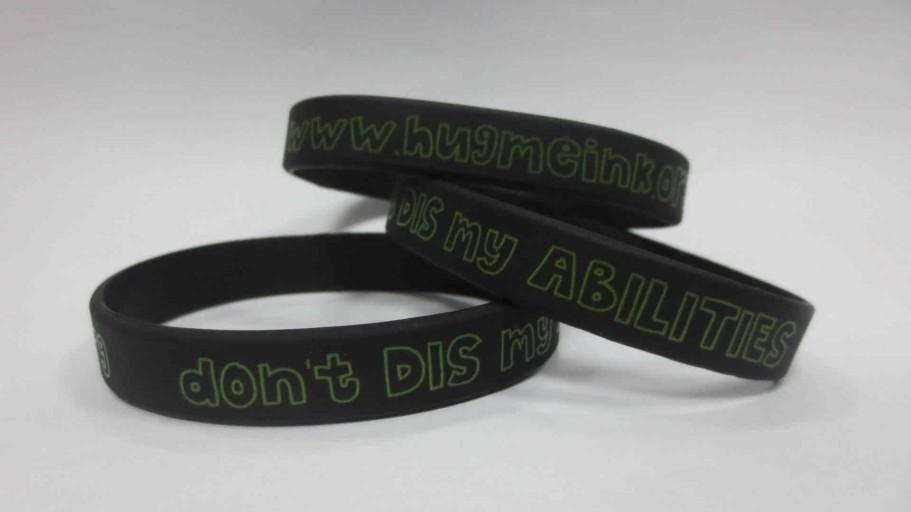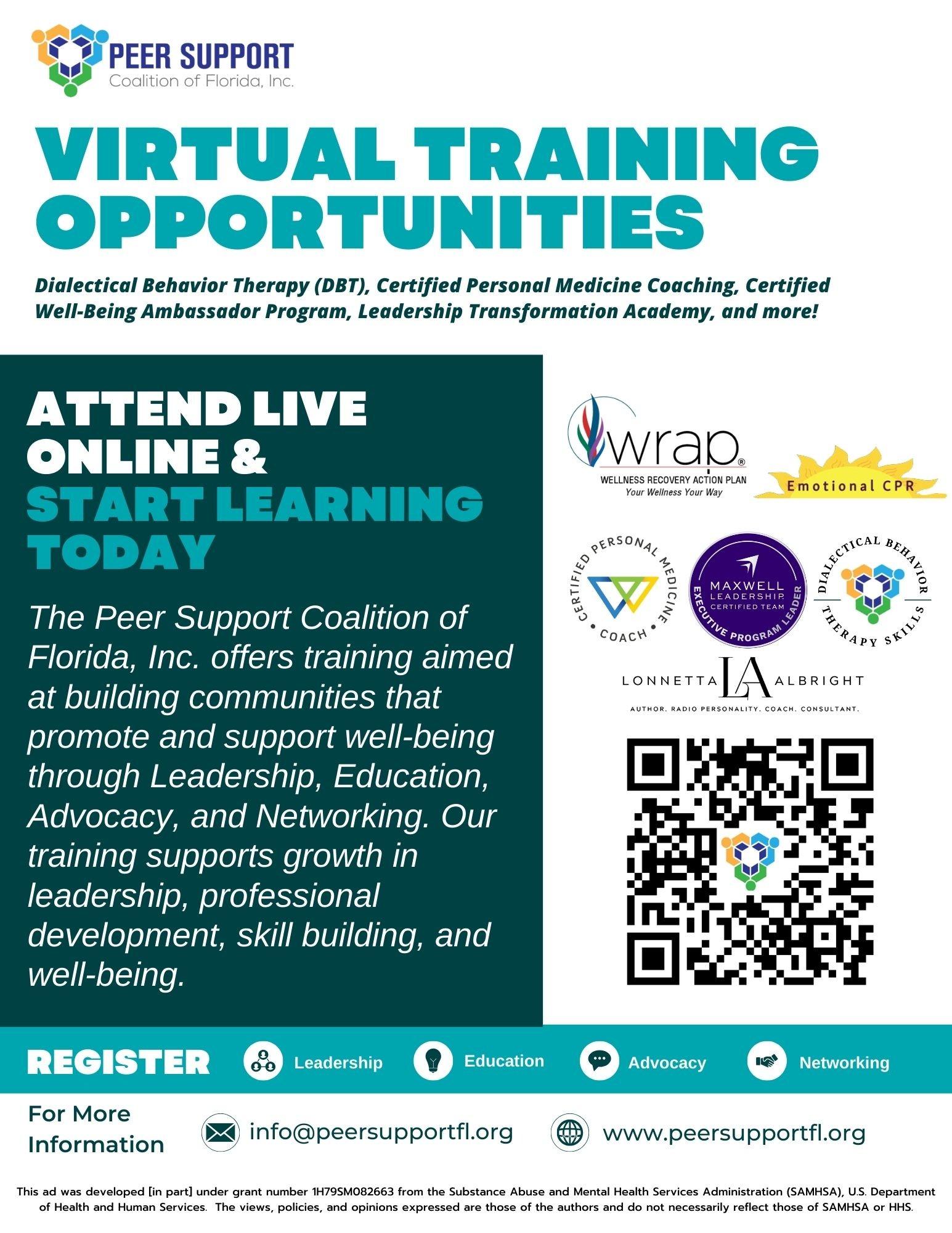Dear Fellow Peers,
Let us rejoice! It’s May! And you know what that means….National Mental Health Awareness Month! For May, we want the word of the month to be...CREATE! So, for this month, consider the following
• Create your path
• Create your journey
• Create your goals
• Create your FUN!
What better way to create then to bring some sort of art into your life. Art is a powerful medium to express oneself when words cannot do justice. Art transcends the barriers of various identities, allowing people to foster a deeper connection and share their di-verse experiences.
GOALS THAT ART OR THE ARTS CAN BRING ARE
To create self-expression.
To promote a new relaxation technique.
To provide tools of self-care and personal medicine.
We are always looking for more peers to get involved with submitting materials to be included in upcoming issues. Again, thank you for taking the time to read this issue of Peer Ink and we hope you will consider to subscribe to our magazine or even submit material.
Now, go and CREATE!
Sincerely,
Nicholas Holstein Peer Ink, Editor HUG ME Ink, Executive Artistic Director
Editor
NICHOLAS B . HOLSTEIN
COVER ART BY
Monica is a student at Hot Wells Middle School and is starting her journey at only 14 by building her photography portfolio. You can check out her work on Instagram: @picsbymouric
Co-Editor
HEATHER TEMPLETON
Cover Art Designed By MONICA CARDENAS
Contributing Writers
PHILIP KUMIN
NICHOLAS HOLSTEIN
HEATHER TEMPLETON
Contributing Artists: TONY FOSTER
SUBMISSION GUIDELINES: Peer Ink is looking for original poems, stories, articles or art work for upcoming issues. If you are interested In submitting, please adhere to the following guidelines:
ARTICLES & STORIES: Send as a Word doc and on any topic you feel would benefit peers to include wellness, health, peer specialist movement, etc
ART WORK: Send art work (photography, drawing, etc) as JPEG or PNG file
POEMS: Send as a Word doc on any topic
With all submissions, please include a short bio and photo (optional), please send to hugmeink@gmail.com.
All articles, poems, photographs, stories and content are all property of HUG ME Ink and Peer Ink as well as each writer’s personal ownership.
If you wish to use a photograph, article or any of the work in this magazine, please request in writing to HUG ME Ink at hugmeink@gmail.com your permission request or contact the author personally.
No part of this magazine may be re-printed without written consent from HUG ME Ink.
Monica Cardenas
ADISCUSSION REGARDING THE EVOLUTION OFASOCIAL MOVEMENT
By PhilipA. Kumin
For anyone privy to the dynamics of the discussion surrounding the manifest destiny of the mental patients' movement one thing is clear; those founding activists who survive are aggrieved at the loss of their native movement. In almost any venue in which these activists air their grievances, there is an aggregate atmosphere of nostalgia and bitterness. The perceived loss of vitality of this movement of the 1970's is mourned. For sure, that decade was a landscape fertile for the launching of social movements, including one of deinstitutionalized and disgruntled mental patients. What then comes next?
If the psychiatric inmates' movement was new, raw, and vital back then, it is diverse and modern today. Inevitably, and of necessity, the ranks of this movement have swelled and the exteriors of 1960's and '70' s radicalisms have dissipated. This evolution does not preclude authenticity, however. It was exciting to be in the midst of a new, moral imperative which fired activists to a frenzy, and it can be this way again. What I'm saying here is that the appeal of ex-inmate activism had at least as much to do with the era in which it occurred as it did the substance of the grievances.
To clarify things even further, when we talk about the vitality of the patients' movement in the 1970's what comes to mind is the rage with which activists delineated their complaints. These complaints were intertwined with styles of protest popular in the 1970's, styles which have changed since then. It may be that surviving veteran activists mistake differences in style for a dearth of fervor on the part of today's generation of antipsychiatry activists. I don't believe this to be true at all as the mental health system of today revolves just as tightly around the flawed medical model paradigm as it was doing in the 1970's. Patients unquestionably continue to suffer.
In 1978, activist Judi Chamberlin wrote her book, On Our Own: Patient ControlledAlternatives to the Mental Health System. The book articulated and codified the philosophies of the mental patients' movement and became, in effect, a bible thereafter. In 2019, we are seeing embellishments and implementations of the blueprint therein.
One such development has sprung from the fact that in contrast to the 1970’s, it is now more practical for mental patients to attend school and acquire college educations. Indeed, there is a growing pool of graduates who are former inmates. From the antipsychiatry movement’s point of view, it’s also an established fact that the results of any scientific studies dealing with mental health issues which are conducted by researchers who are not themselves former patients, are skewed in favor of the Establishmentarian medical model point of view. Because those researchers have a lot of academic credentialing and respectability, what they announce is instantly believed and accepted by the public.
Former inmate, Dr. Nev Jones, a researcher at the University of Pittsburgh, is one such beneficiary of the new access to an academic life for former mental patients. Dr. Jones is now spearheading an effort to encourage other patients who are considering grad school to become researchers too. The intent of this plan is to accrue a pool of researchers who are former patients, who will then counter the opportunistic distortions of non-patient researchers.
Phil Kumin, 71, has been an activist in the mental patients’liberation movement since 1985. He is not one of the founding activists of this movement, which began in the early 1970’s. He lives alone in the downtown Baltimore neighborhood of Mt. Vernon. He’s never been married, and he has no kids.
Philip Kumin is also the author of the autobiography, EX-INMATE IN EXILE, available fromAmazon.com.
Nearly 1 in 5 American adults will have a diagnosable mental health condition in any given year.
www.aamhc.us
Throughout my life when the clouds of depression settled in, I retreated to the creative refuge of drawing and art. Here are some of my colored pencil drawings you can use if you like. I draw mostly animals.
-Tony FosterAAMHC Executive Director








